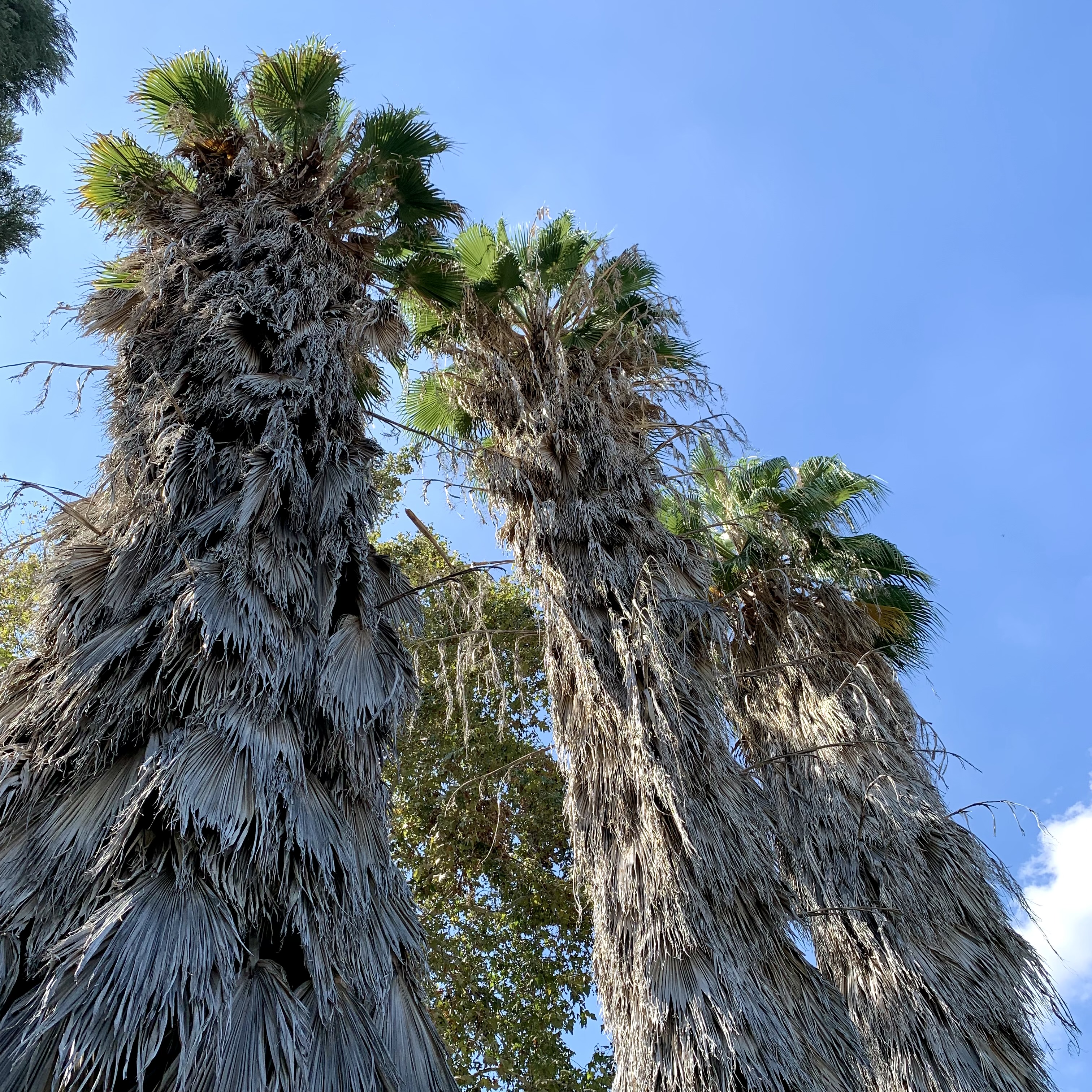Baja Community
Blue Flame Agave - Agave 'Blue Flame'
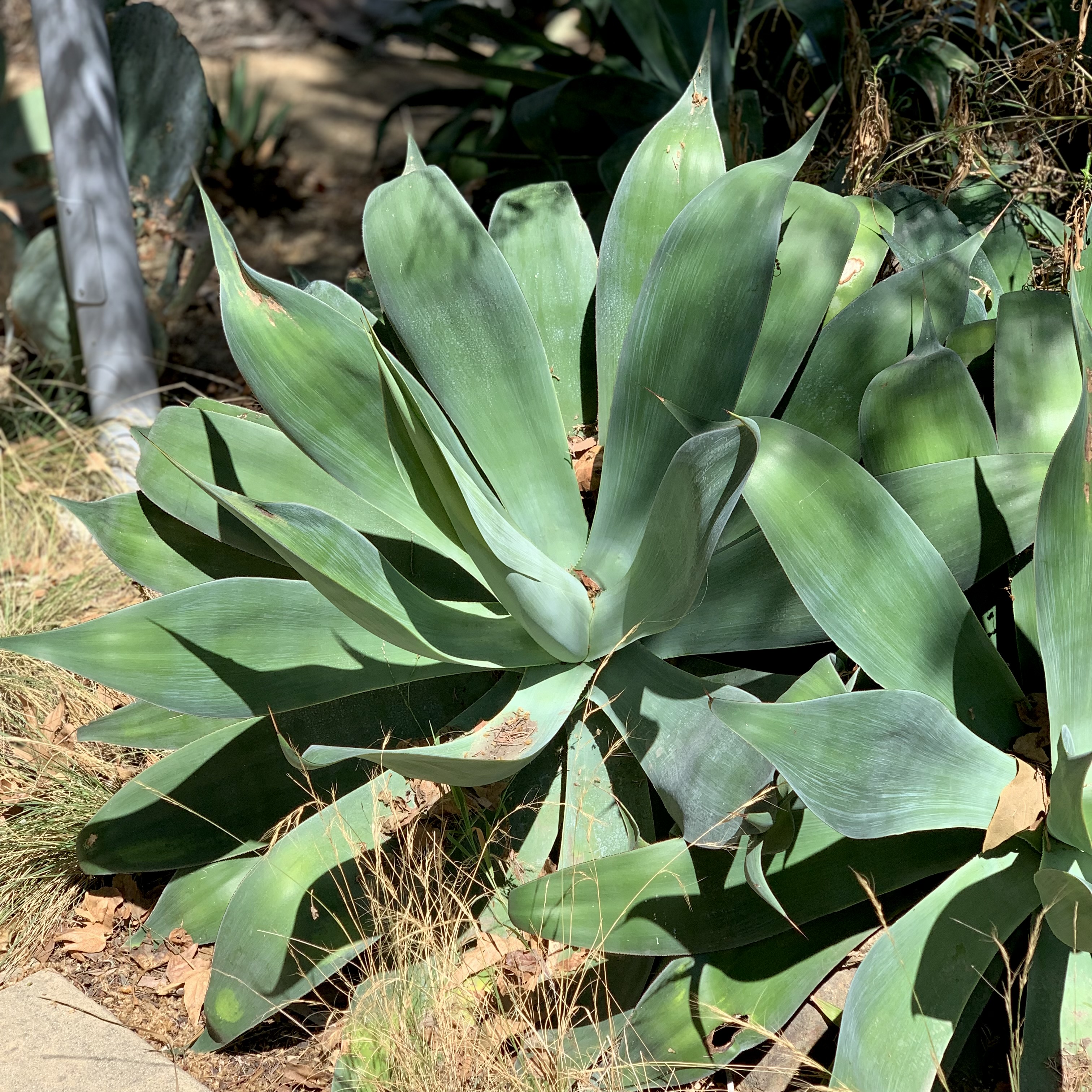
Costal Agave - Agave shawii ssp. shawii
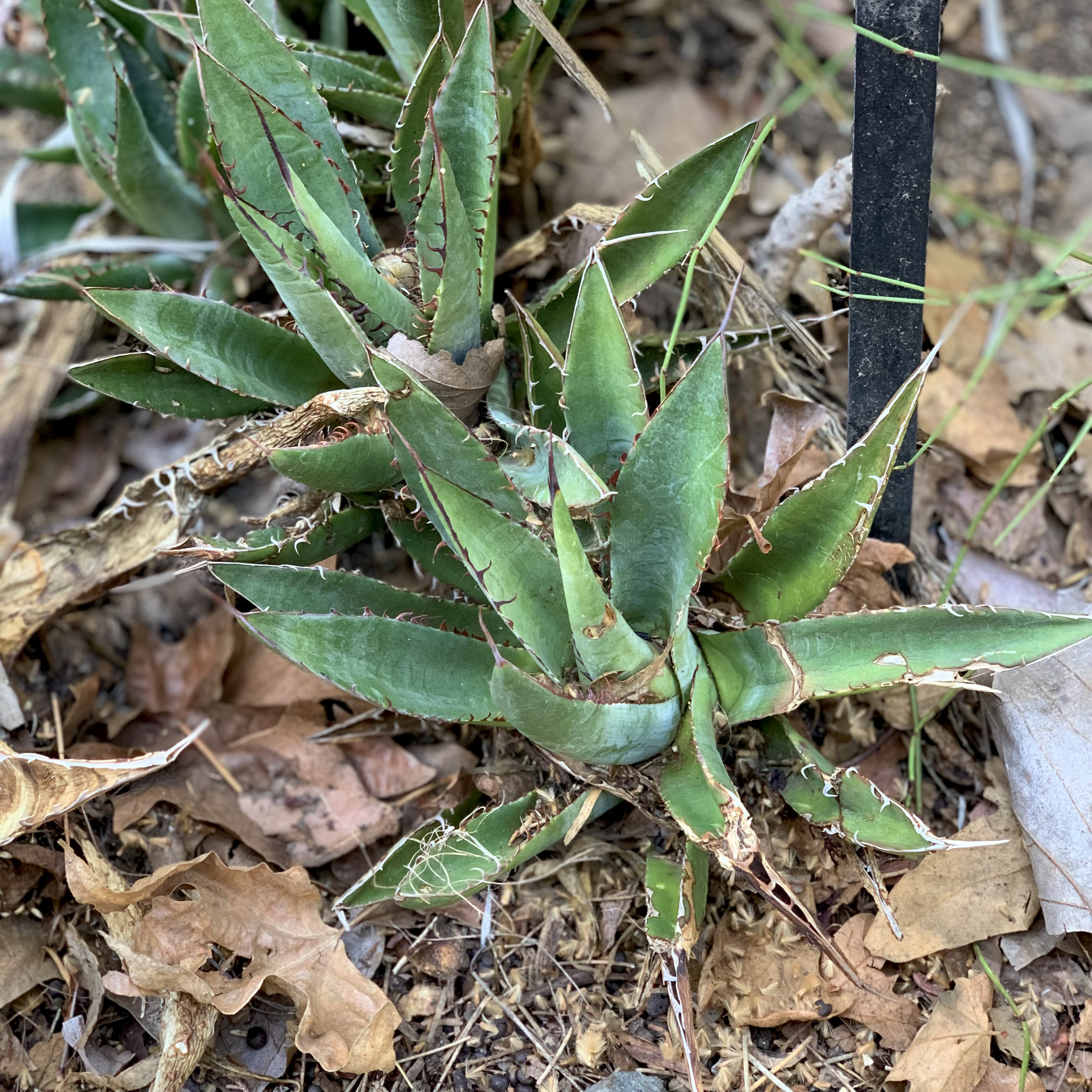
South Coast: coastal bluffs, slopes. Flower stalks and hearts were harvested and baked in a stone-lined pit oven for several days. Fibers from the leaves are similar to sisal fiber used for beginning foundations for deergrass coils. They are also a food source for wildlife. Leaf bases and hearts are eaten by foxes and extensively by pack rats. The young flowers of this plant are a favorite for ravens.
Blue Hesper Palm - Brahea armata
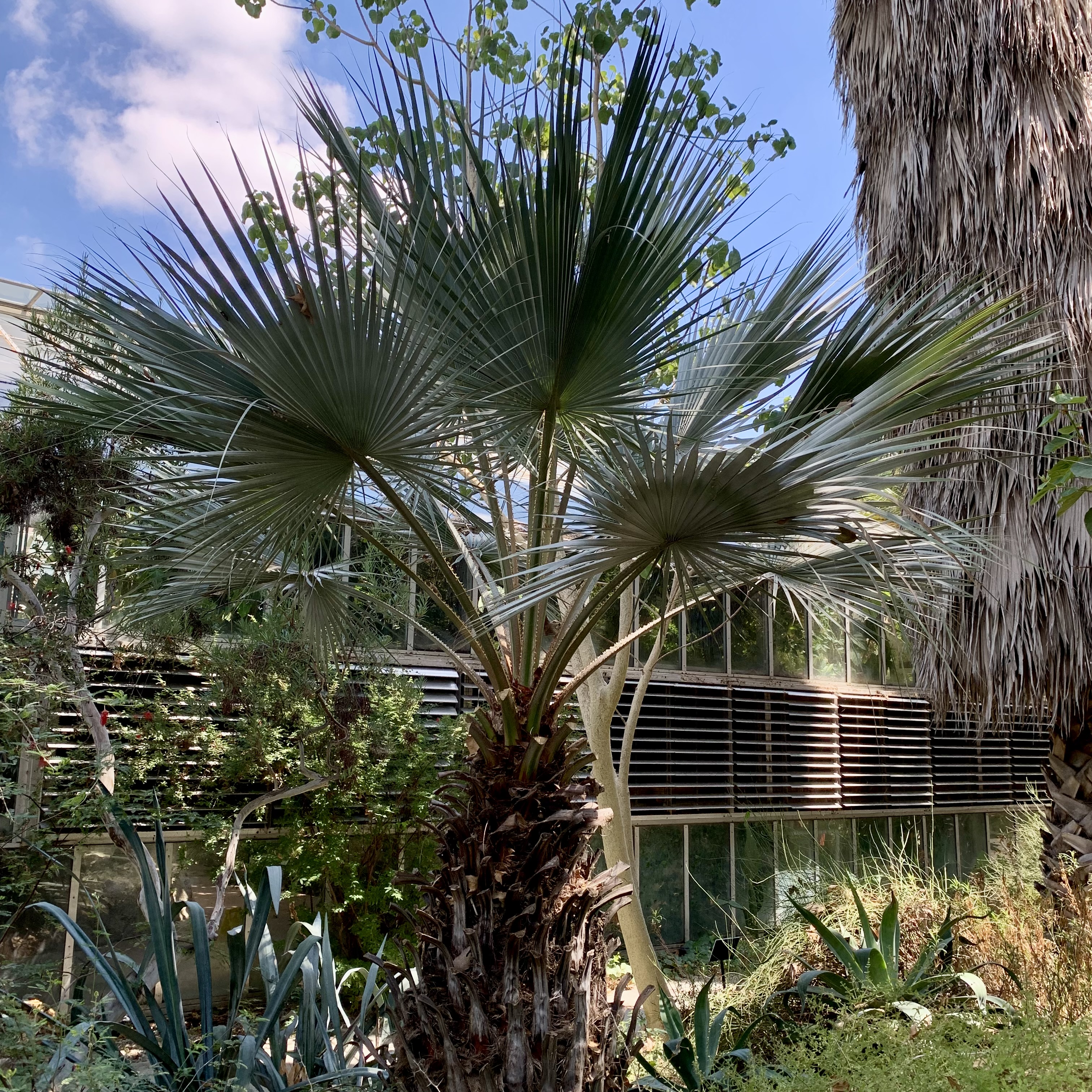
Baja California: rocky canyons. The immature fruits of this plant were eaten and are said to have a flavor similar to dates while seeds were pit-roasted to remove bitterness. The trunks were used locally in construction of building and corrals. The Blue Hesper Palm are often found growing side-by-side to the Washingtonia palms but the fruit of the Blue Hesper palm ripens much quicker and has 20 times the quantity of fruit.
Red Fairy Duster - Calliandra californica
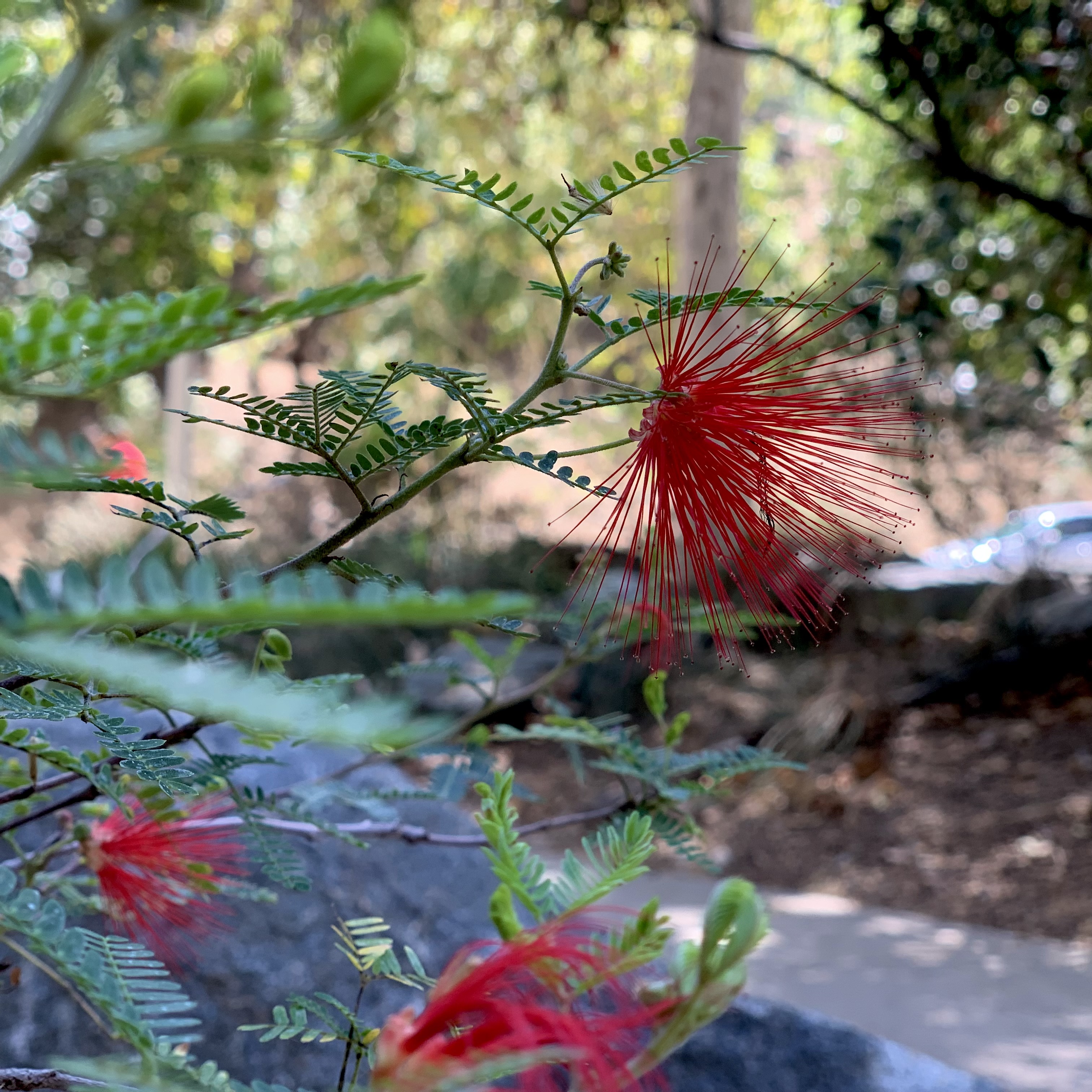
Baja California: desert washes, flats, hillsides. The roots of the Red Fairy Duster were powdered for rashes and to make a red dye for leather. (Padre Ignacio Tirsch) It's said that this plant shows promising activity against antibiotic resistant tuberculosis.
Soap Plant (Wavy Leaf Soap Lily) - Chlorogalum pomeridianum
California: bluffs, grasslands, chaparral. This plant goes dormant during hot summer months, and the fiber from the leaves remain underground around the bulb. The fibers were used to make brushes that were used for hair, cleaning cooking baskets, painting, and brushing acorn meal.
Tecate Cypress - Cupressus guadalupensis
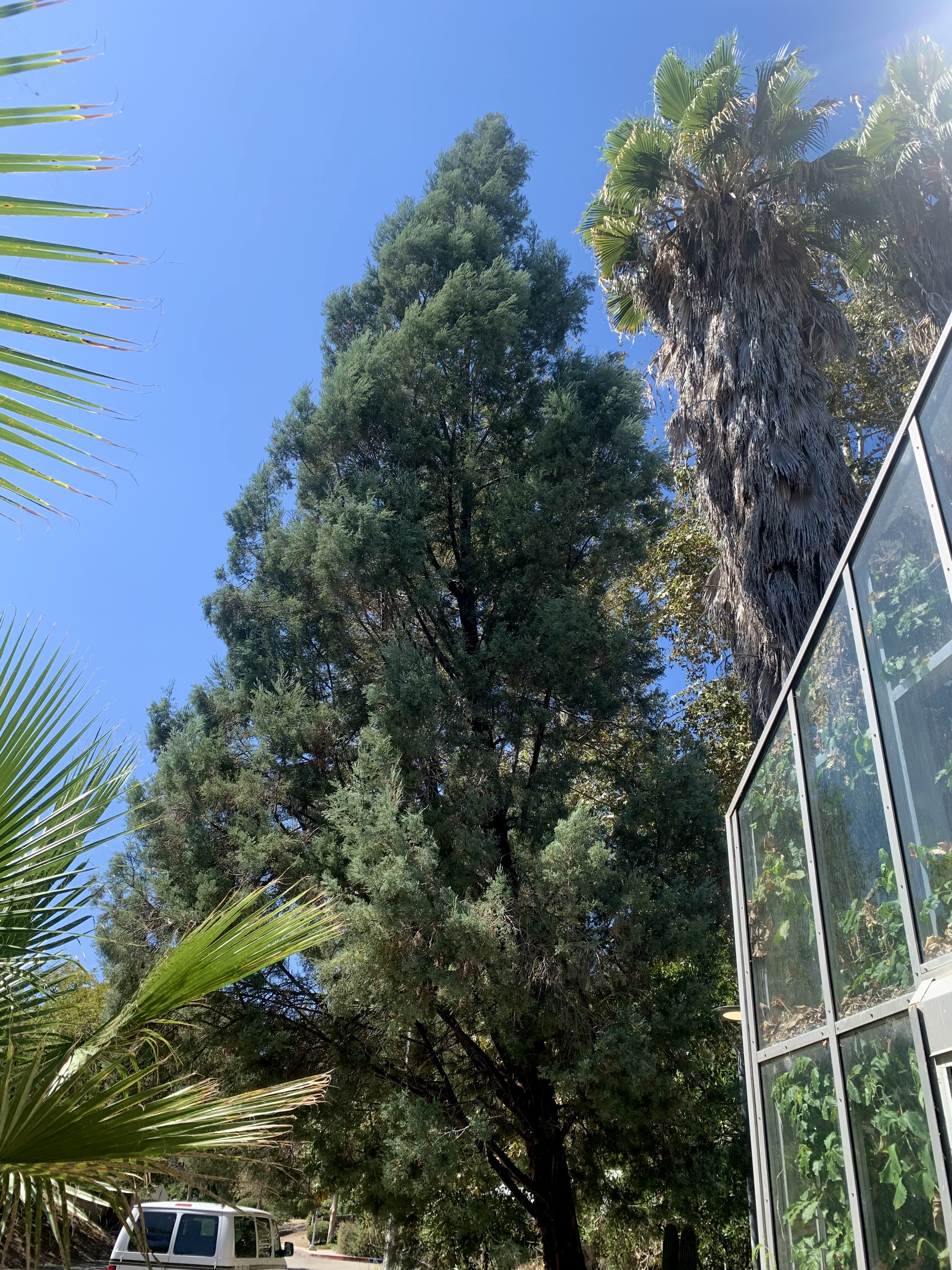
Baja California: higher ridges, knolls. Cones persists on trees for years, remaining closed to protect the seeds within. Wildfires will kill the mature trees but also cause the cones to open up, dropping the seeds so they can germinate. It takes over 30 years for a tree to accumulate sufficient cones with seeds to produce adequate seedlings for stand replacement.
Britton Dudleya - Dudleya brittonii
Baja California: coastal cliffs. The leaves of many Dudleya species were eaten raw. The whitish coating on the flattened leaves accounts for its luminous appearance making them the perfect accent in a garden. This Dudleya is prized for its strikingly beautiful 6-12 inch wide solitary rosette.
Fingertips, San Diego Dudleya - Dudleya edulis
Desert Tea - Ephedra californica
South Coast: chaparral, creosote-bush scrub. These plants were widely used as tea for nasal decongestion and urinary problems. They were used to paint the decorative rings around an arrow shaft, just below the feathers. The dried stem was wrapped once around the arrow and pulled tight which left a mark the color of the plant.
Arizona Jointfir - Ephedra fasciculata
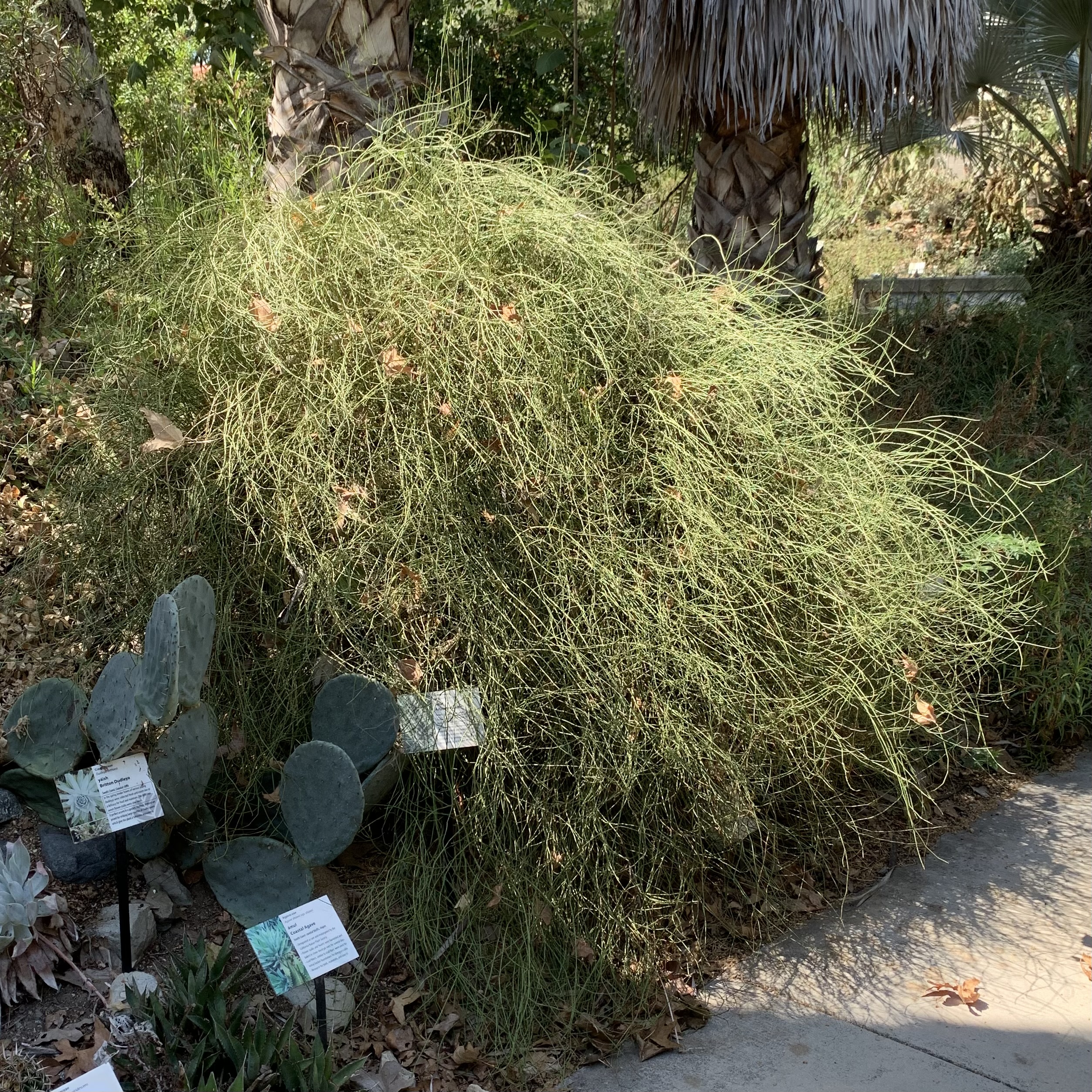
Desert: creosote-bush scrub. Ephedra was so cherished that stems of the plant could always be found in a basket in every home. They were also considered the best plant for producing charcoal which is used to color tattoos!
California Poppy - Eschscholzia californica
California: grassy, open areas. The California Poppy is the California state flower and protected by law in the wild. They are celebrated on April 6th each year. Although considered toxic if ingested, greens were gathered before flowering, leached in running water, and cooked. Decoction of the flowers were used to externally kill lice. Additionally, pollen from the flowers were applied as a face powder.
California Barrel Cactus - Ferocactus cylindraceus
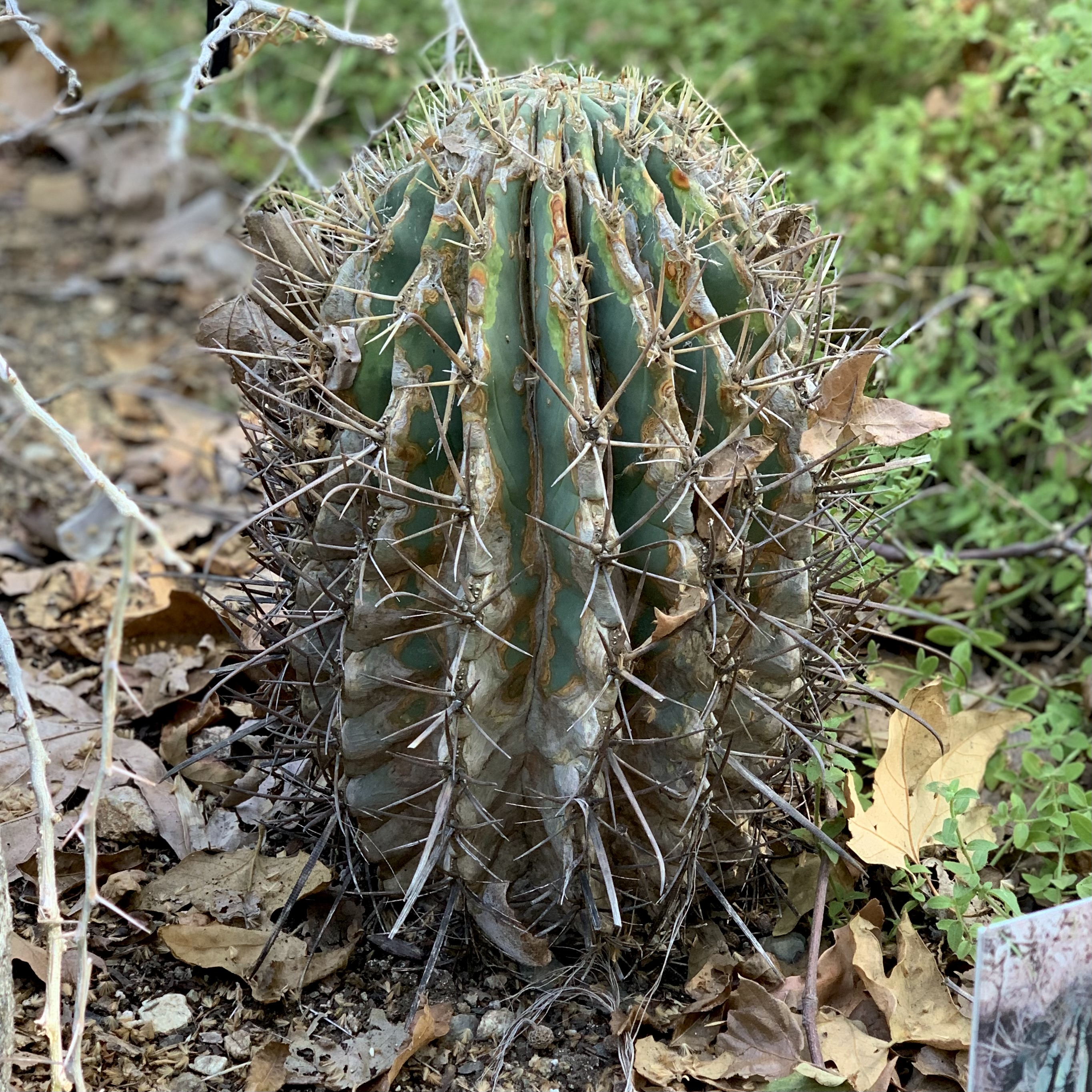
Devil's Tongue Barrel Cactus - Ferocactus latispinus ssp. latispinus
Northern Mexico: desert foothills, inland. Many species of barrel cactus were familiar to desert travelers in time of emergency. The travelers may have been counting on a watering hole that turned out to be dry. The top was sliced off the cactus, and the pulp was squeezed for water. The empty cactus would ten used to cook food in by adding red hot stones.
Coast Barrel Cactus - Ferocactus viridescens
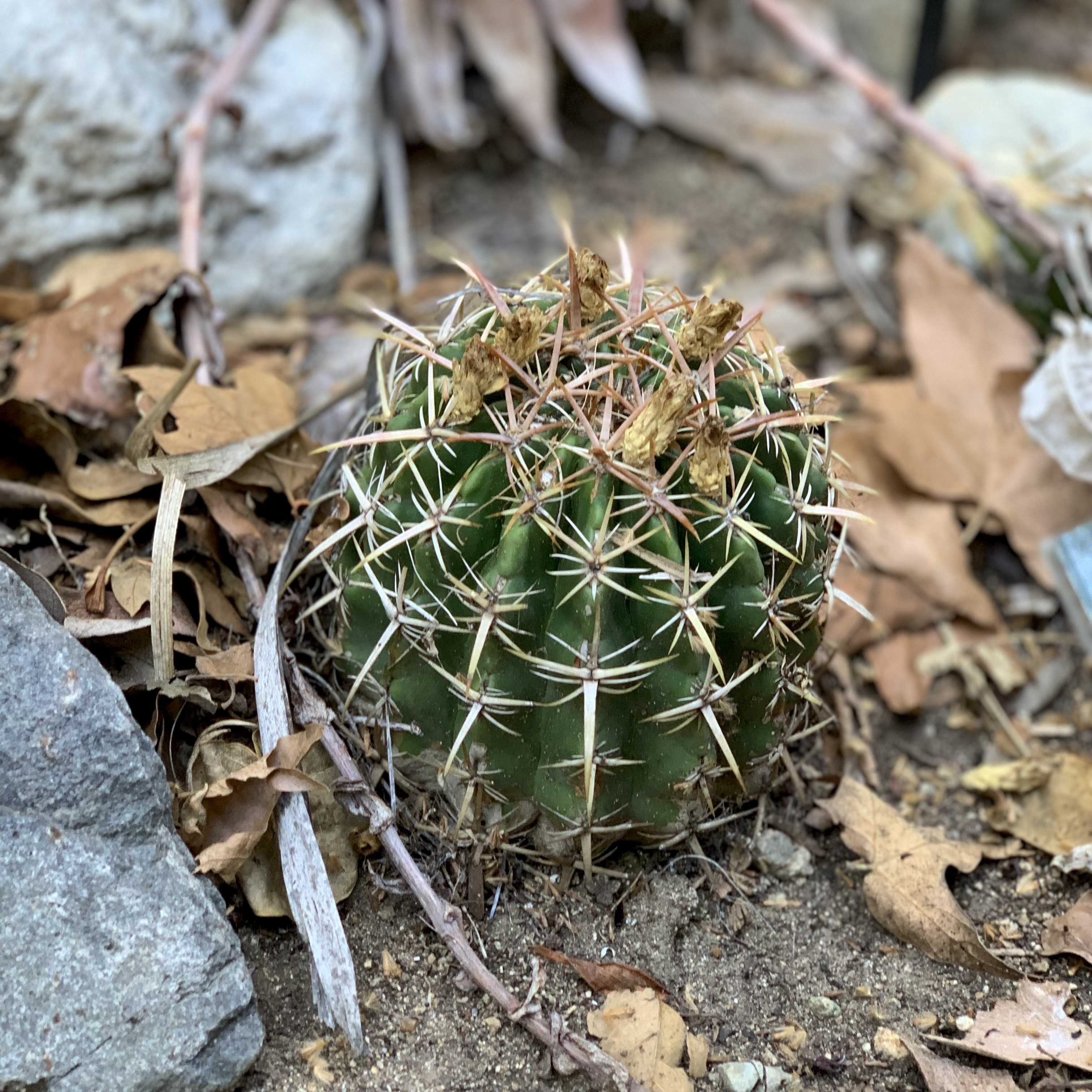
South Coast: Sandy to rocky areas. This is a smaller succulent from coastal San Diego County and Baja that is threatened by urbanization and off-road vehicles. Succulents like the Coast Barrel Cactus have flashy stems that enable them to store water for long periods of time, allowing them to go through prolonged periods of summer drought.
Rock Fig - Ficus palmeri
Baja California, Mexico: rocky canyons, cliffy faces. In the "crags of mountains, canyons, and ravines" grew a "good-sized tree" that "thrusts its roots into the rocky fissures." The first production of fruits in late spring was of considerable importance because at this time, there was an acute shortage of other edible plants.
Blue Mexican Fig - Ficus petiolaris
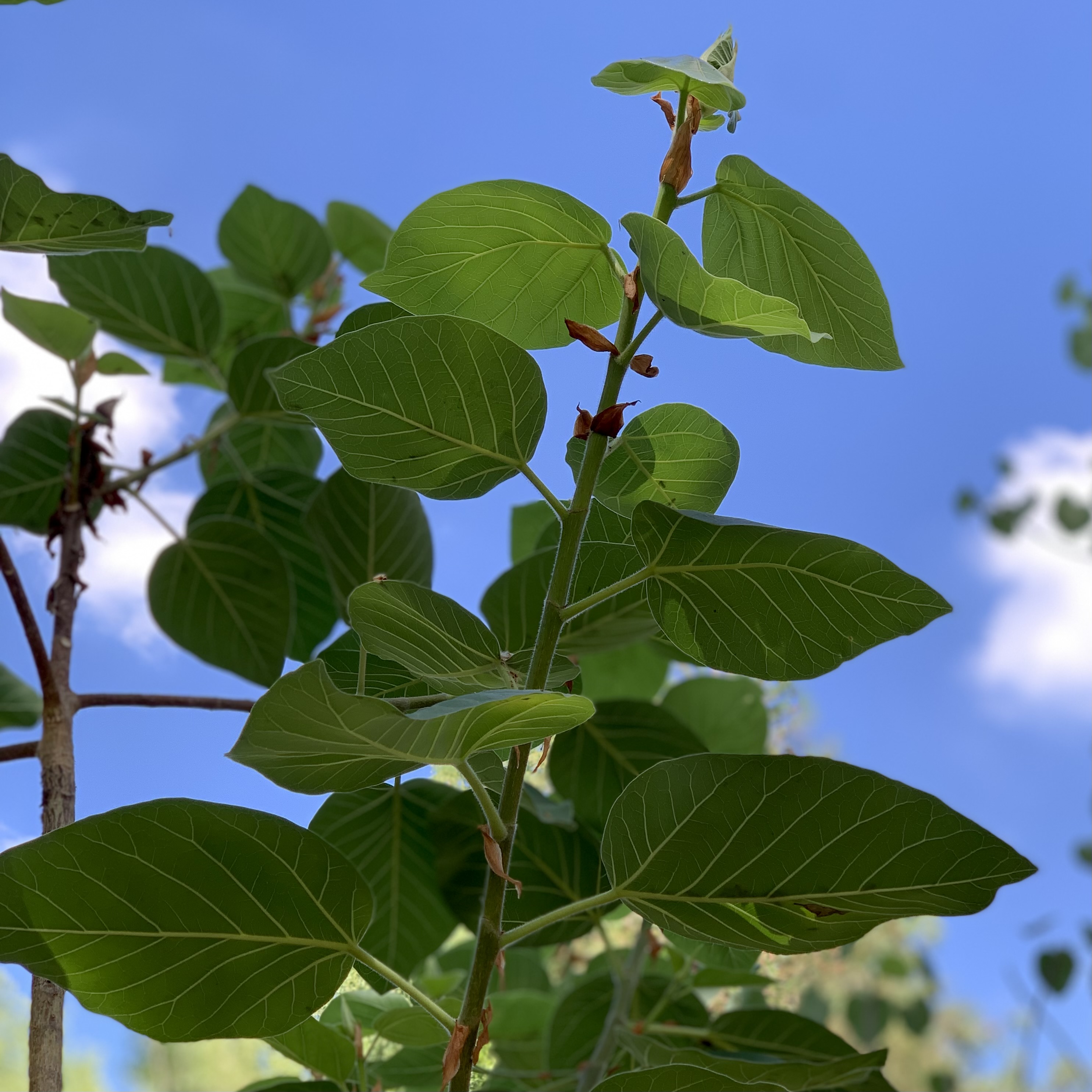
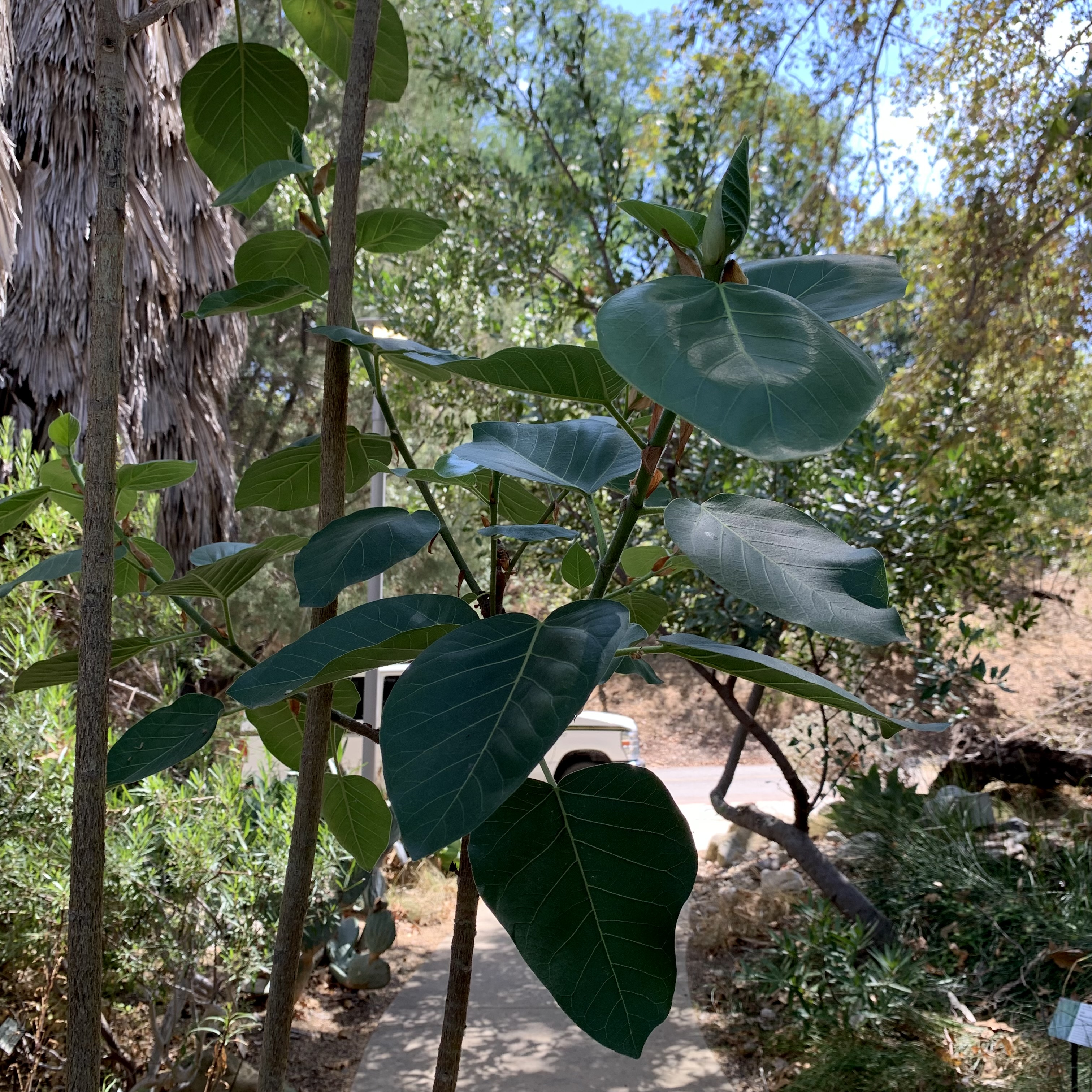
Mexico: rock walls in arroyos, cliff faces. Sap was used to heal bruises, sprains, dislocations, and hernias. "... the bark of the roots were carefully scraped and the gum collected to be rubbed into a rag and wrapped around an injured area. People can eat the figs in a pinch, but they are best left to the animals."
Bush Snapdragon - Galvezia juncea
Cedros Island (Baja): windward slopes, scrub. Hummingbirds pollinate the flowers while they sip nectar. Red-flowered shrubs in the California flora are precious commodities. Bush snapdragons are some of the most ornamental of this edible group.
Cedros Island Snapdragon - Gambelia juncea
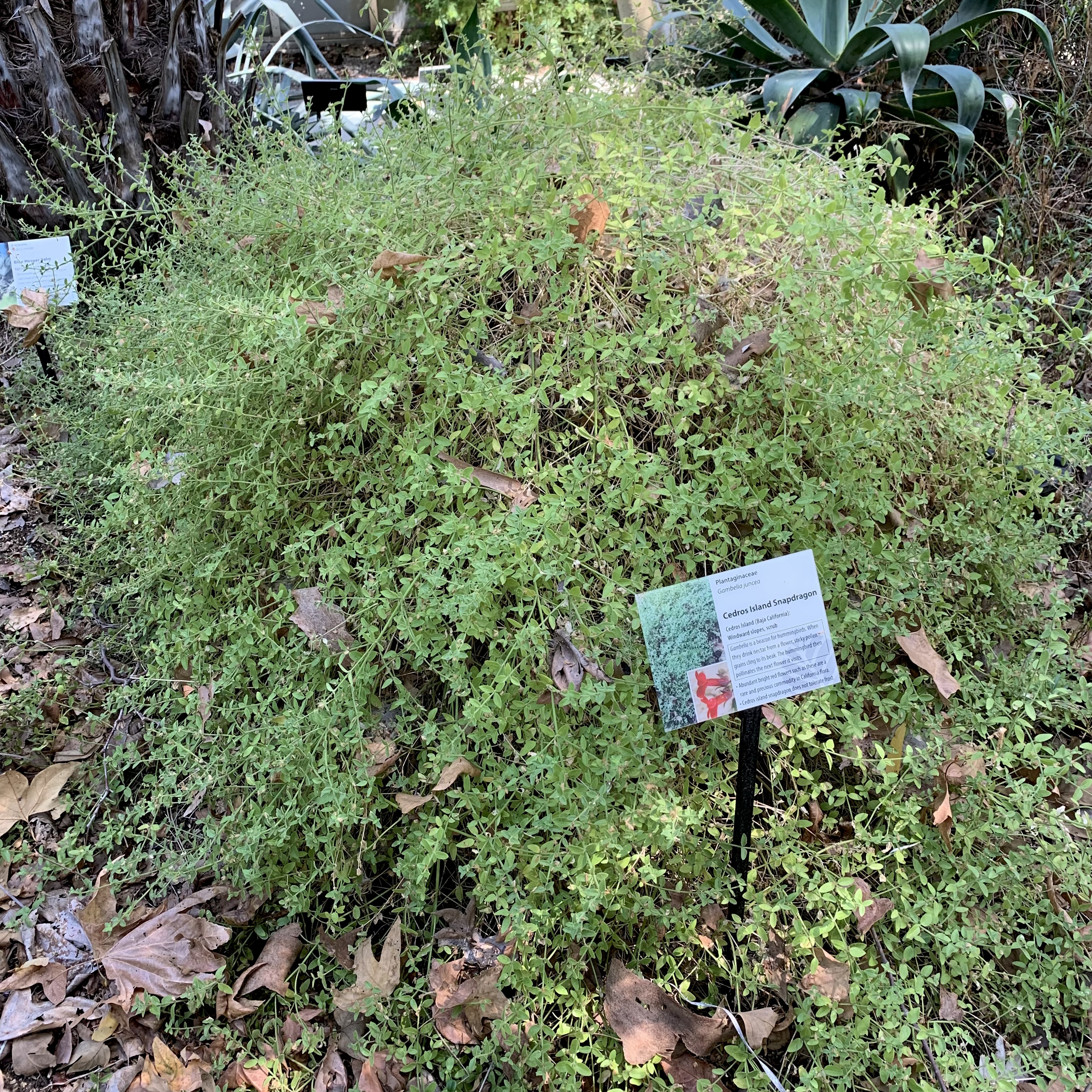
Fragrant pitcher sage -Lepechinia fragrans
Baja California: shaded canyons and oak-pine forests. Used as an herbal remedy against uterine infections in Baja. The plant contains carnusol which has potent in vitro antimicrobial activity. Pollinated by long-tongued insects and hummingbirds.
Sierra Madre lobelia - Lobelia laxiflora
Chihuahuan Desert: rocky areas in partial shade. In Sonora, "Chilpanxochitl" roots are infused to make a tea for intestinal parasites; though it is not advised for internal use due to possible vomiting, convulsions, and death. Other Lobelia species have been used externally; a wash from its flowers are said to be used as a love potion.
Golden Saguaro - Neobauxbamia polylopha
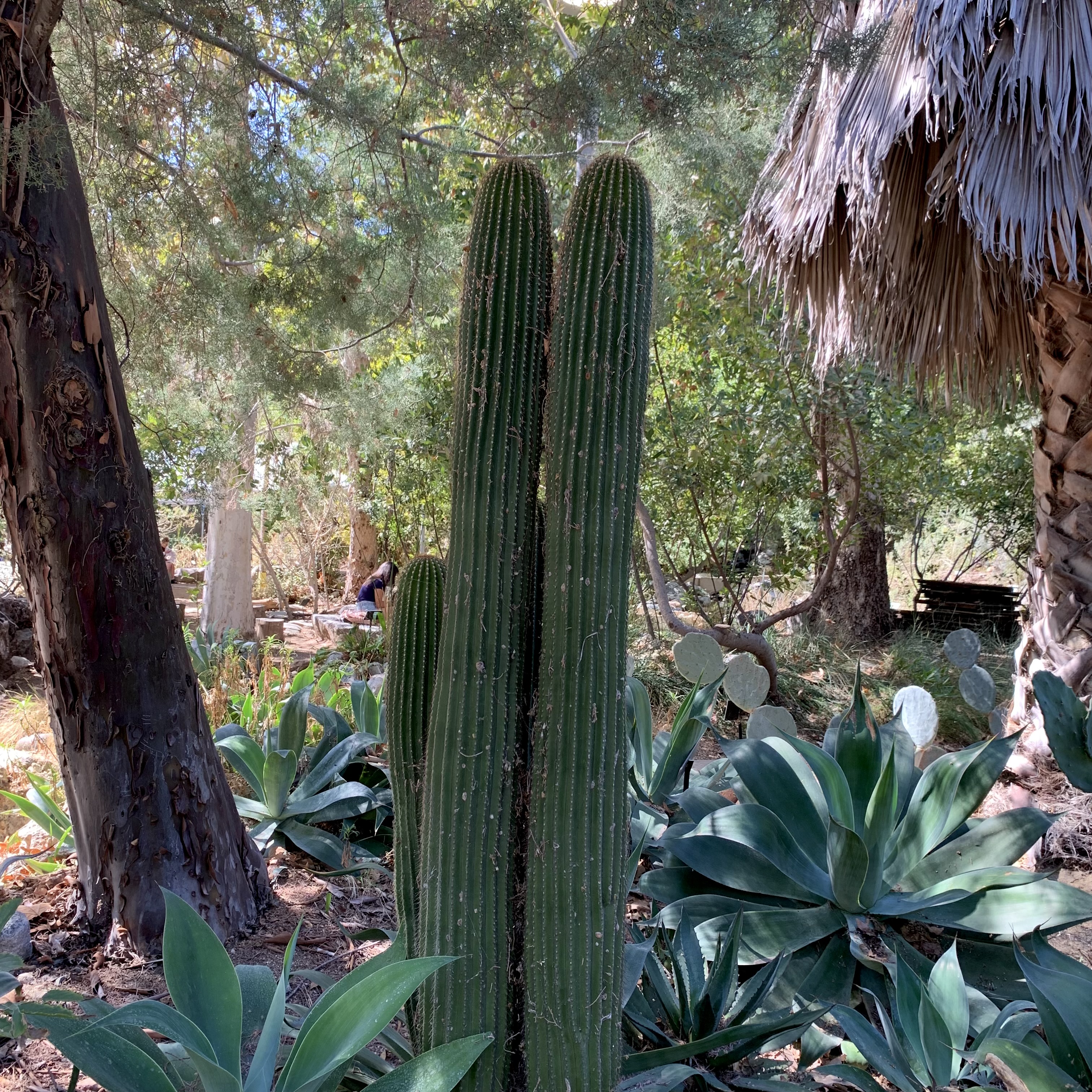
Central Mexico: canyons with limestone slope. This plant has edible fruits with a delicate, nutty flavor, however, birds will eat the fruit very quickly. Flowers that open during the day are insect pollinated. The growth of the population depends on seedling survival. They have rare red flowers rather than white flowers on most other columnar cactus.
Dinner Plate Cactus - Opuntia robusta
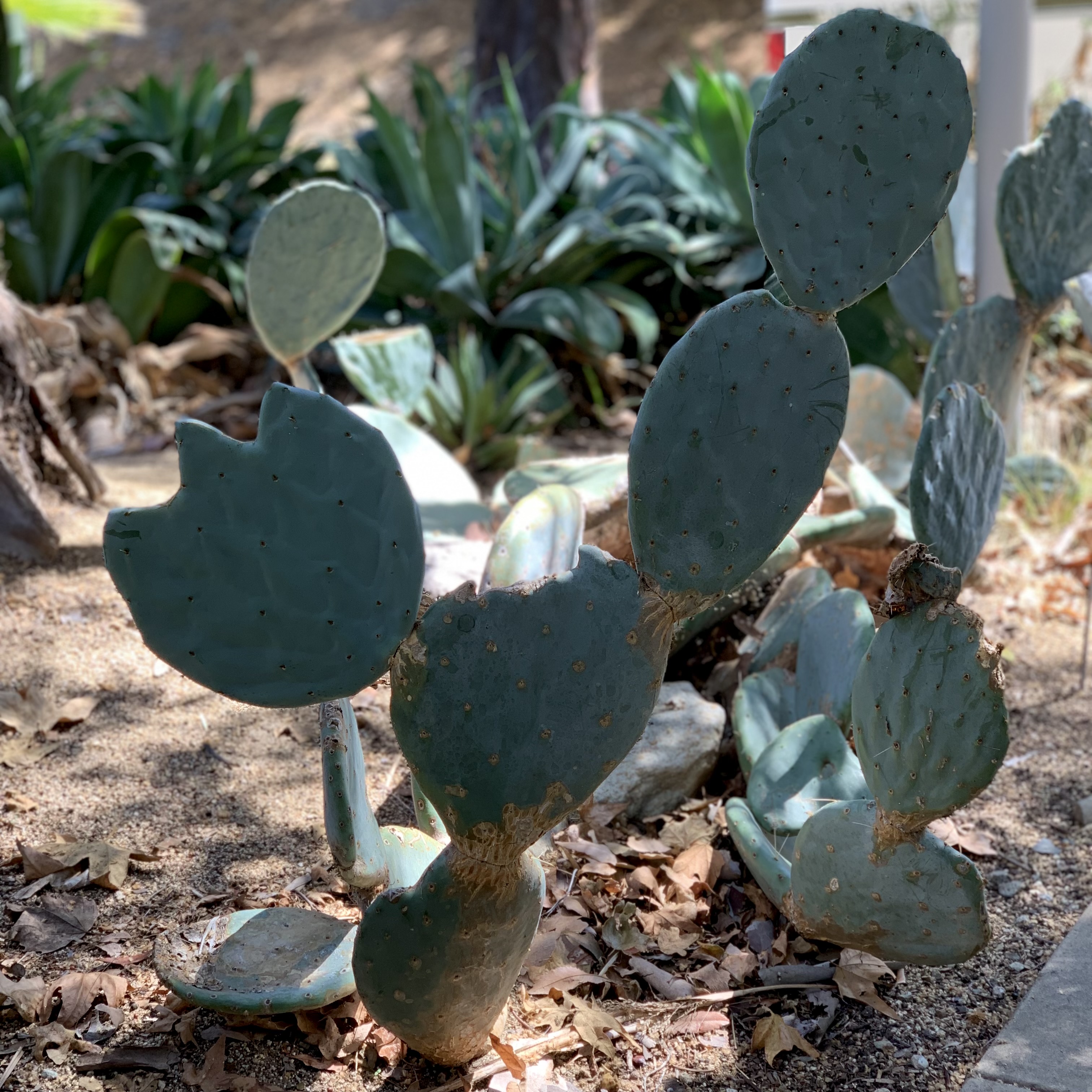
Central Mexico: tropical deciduous forest. The name Opuntia came from its Greek name. Pliny wrote: "In the vicinity of Opus there grows a plant which is very pleasant eating to man and the leaf of which, a most singular thing, gives birth to a root by means of which it reproduces itself."
Baja California Birdbush - Ornithostaphylos oppositifolia
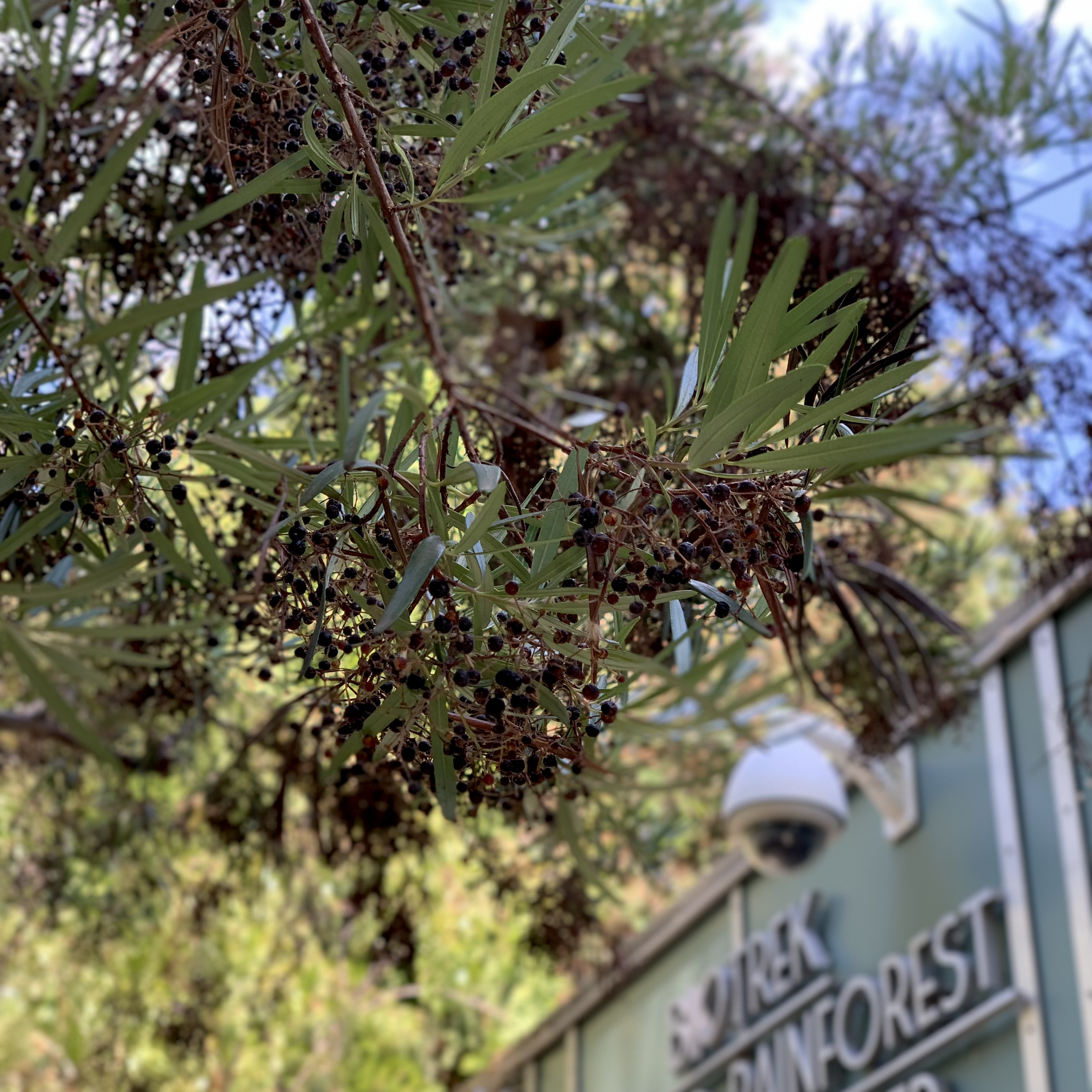
South Cost: chaparral. The rarest of manzanita relatives, there is only one species that represents the last of an ancient flora that was once a larger group. Flowering occurs in summer after the bloom of most other chaparral shrubs has ended, and as such it is a valuable resource for insects and hummingbirds.
Mexican Blue Sage - Salvia chamaedryoides
Scarlet Sage - Salvia coccinea
Small leaved rose - Rosa minutifolia
Baja California: coastal bluffs, mesas and foothills. This plant has pink flowers that are especially attractive to insects such as bees. They typically like sandy soils or soils derived from sedimentary rock, but will also tolerate clay.
Mexican fan palm - Washingtoniga robusta
